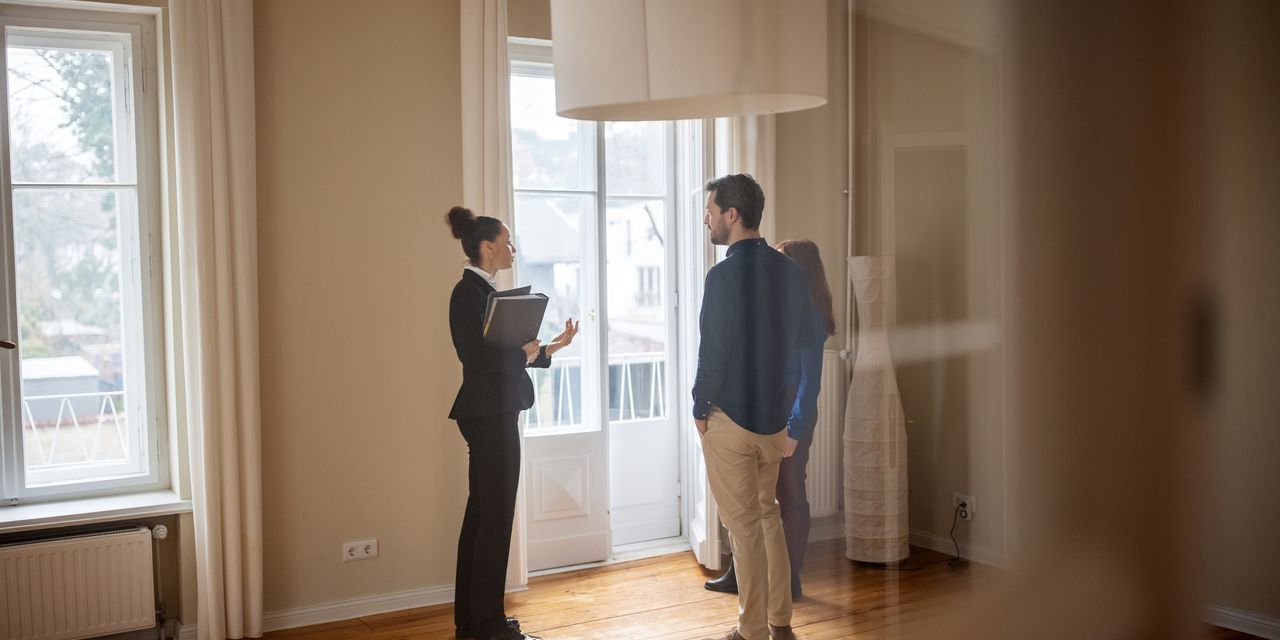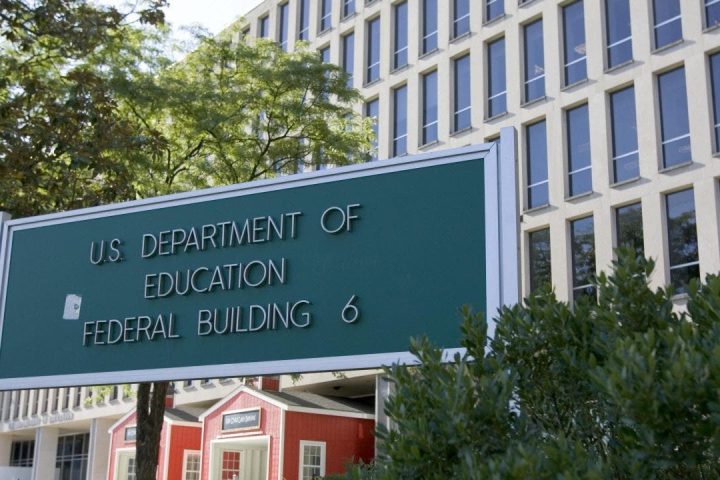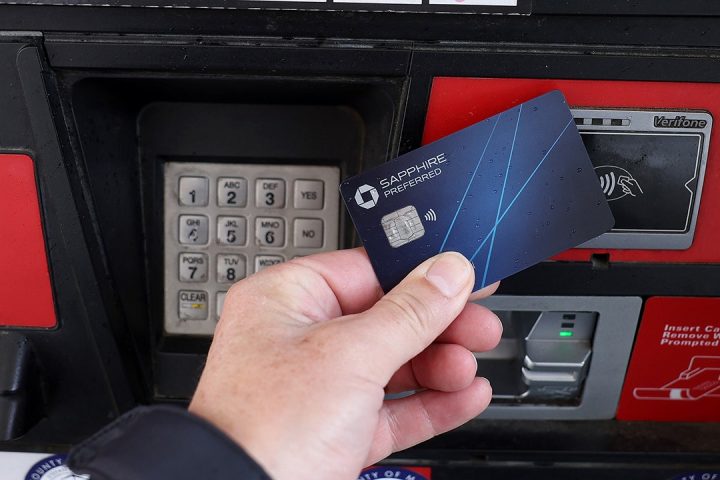The Fed’s battle against inflation over the last year and a half has resulted in home-buying demand plummeting as borrowing costs took off.
But just how historic has the rise in mortgage rates been, and how has that affected a potential home buyer’s monthly payment, as well as home prices?
These five charts outline how expensive buying a home has become for the typical buyer.
The first chart from Apollo Global Management
APO,
shows how the Fed raising interest rates sharply over the last 18 months to slow the U.S. economy and bring inflation in line with its 2% target has dragged down the entire housing sector.
Housing has historically been very interest-rate sensitive, but this current regime of higher rates has made it the “fastest Fed-driven housing slowdown on record,” according to Apollo. Sales of existing single-family homes have fallen much more sharply than in previous periods when the Fed began raising interest rates.
The second chart shows that Fed Chair Jerome Powell’s hiking of the central bank’s benchmark interest rate pushed mortgage rates up in a similar way to former Fed Chair Paul Volcker’s tightening in the late 1970s and early ’80s, which resulted in double-digit mortgage rates. Buyers back then ended up buying homes at a rate of 16% at the height, and many refinanced several times over the following decades.
High rates are in turn hurting buyers’ purchasing power.
The rate on a 30-year fixed mortgage is hovering close to 8% due to the market anticipating further rate hikes in the near-term. Consequently, the typical buyer needs to earn 15% more than they did a year ago, while wages are only up by 5% over the same timeframe, according to Redfin. A typical buyer needs to make nearly $115,000 to afford a median-priced home today, up $15,285 from a year ago. That’s also double what a typical buyer needed to make to afford a median-priced home before the coronavirus pandemic, the brokerage added.
As a result, the typical monthly mortgage payment has doubled since 2021, as seen in the chart below. Homes are far more expensive to purchase due to high rates, with the median principal and interest payment rising to $2,170 in August, compared to $1,284 in August 2021, according to data from the Mortgage Bankers’ Association.
And even though home-buying demand has dried up because mortgages are so expensive, that hasn’t pushed down home prices. A low inventory of homes has kept home prices stable, to the detriment of home buyers. The median sales price for an existing home was $407,100 as of August, up 3.9% from the prior year, according to the National Association of Realtors.
Read the full article here







